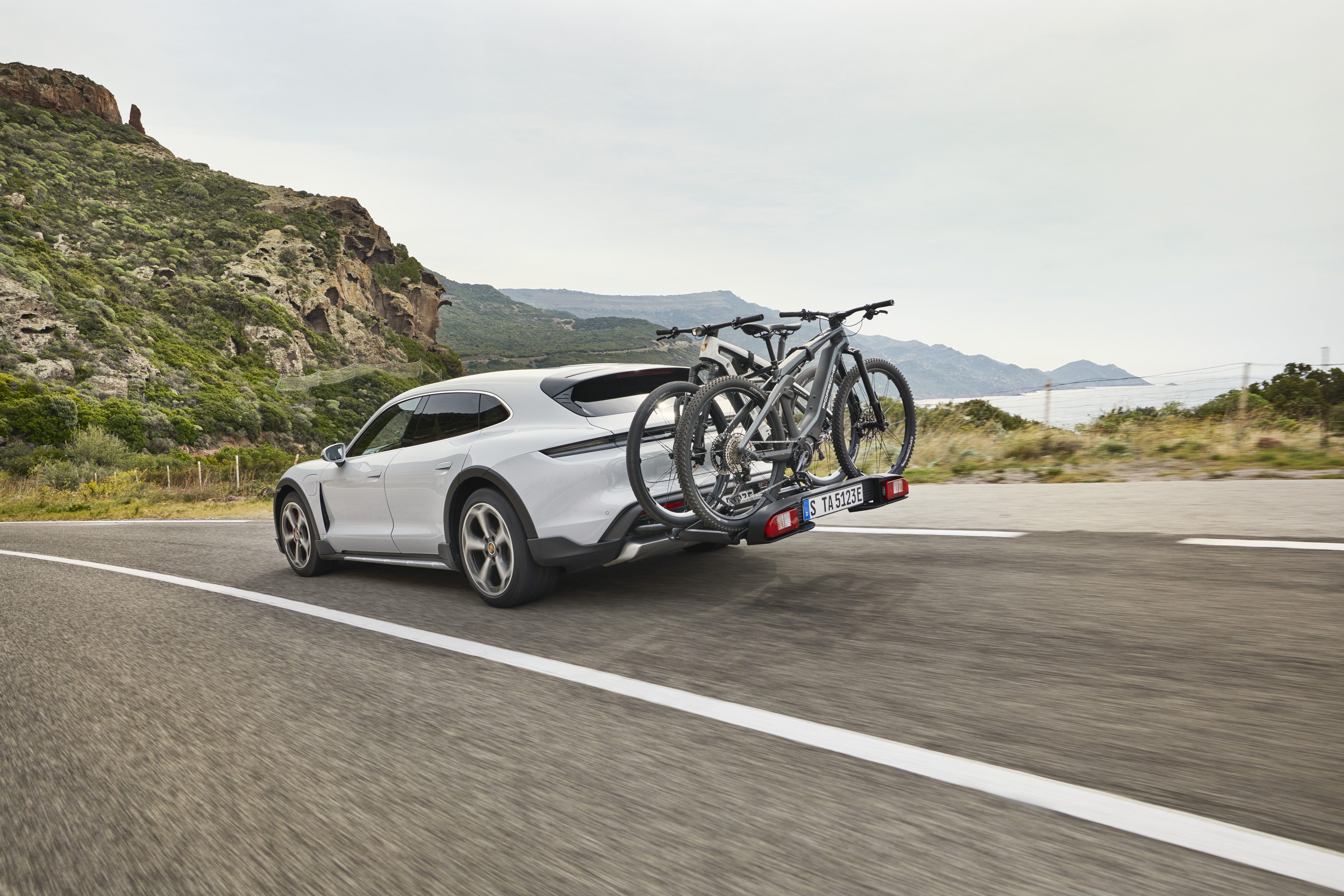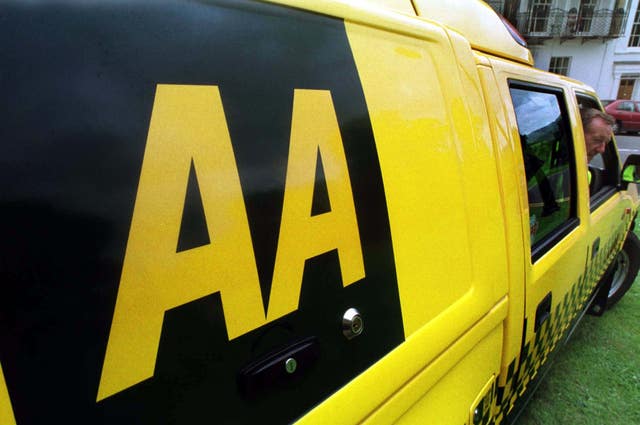Even if you’ve done it before, driving abroad can prove to be daunting. Driving on the opposite side of the road, combined with a variety of new rules and regulations can make adjusting to driving in a different country tricky.
When travelling over the continent, it’s important that you do your motoring homework before you head off on your journey. That way, you can be sure that you will arrive at your destination in a calm and controlled manner without any issues whatsoever.
Wherever you’re driving in Europe, it’s likely that you’ll encounter significantly different driving laws and mannerisms than those in the UK.
We’ve compiled a list of things you need to know about your travels when driving in and around Europe.
Remember to drive on the right-hand side
Every country in mainland Europe drives on the right-hand side of the road, and at first, it may feel a little strange – especially if you’ve never experienced it before. Always remember that everything you do will be in the opposite direction.
Overtaking is on the outer left lane and when driving around roundabouts, don’t forget to drive anti-clockwise, because if you don’t, you might get a surprise or even worse, a serious accident.
Not all German autobahns are derestricted
>
A lot of car enthusiasts associate the autobahn with no speed limits. While vast sections of Germany’s highway network are derestricted, the reality is large areas have speed limits that you’ll need to look out for.
In fact, the speed limit is 75 mph on most sections. Sections that are deresricted are highlighted black and white signs – though overhead gantries will display other speed limits that you’ll need to follow.
Pack certain equipment to prevent any fines
There is certain equipment that you need to pack in your car to avoid any fines. In France for example, it is a legal requirement for you to store a high visibility jacket in your car at all times – alongside a warning triangle, headlamp beam deflectors and snow chains for driving through snow zones. You’ll need to put a ‘UK’ sticker on the back of your vehicle, too.
Say no to bikes in Portugal

>
A lesser-known fact about driving in Portugal concerns bicycle racks. Here, it’s illegal to transport bicycles on a rear-mounted rack – be that one fixed to the boot or the two bar – so you’ll need to think about other ways to get them around with you.
Instead, you will have to mount them to the roof or not take them at all, because if you’re caught with incorrectly positioned bikes on your vehicle, it could land you with a large fine.
Remember to pay on toll roads
While toll roads are few and far between in the UK, they’re far more commonplace in Europe and provide a good way of travelling long distances at a decent speed.
There are around 90 toll roads in France and 40 in Spain, meaning that you’re more than likely going to encounter at least one of them on your travels. Most toll roads give you a ticket at the start of the section and then, when you reach the end, you’ll pay for the distance you’ve travelled. There is the option to get a pre-paid ‘tag’ which will automatically let you through the barrier, but you’ll need to get this sorted before you depart the UK. It’ll help speed up your travels, mind you.
Remember to have European breakdown cover in place

>
It’s nice to think that your journey will be completely stress-free, but breakdowns do happen and having some coverage in place can help to make these instances a little easier than they otherwise might be. Don’t assume that your breakdown cover in the UK also applies to European driving, too; you may need to speak to your provider to extend the level of coverage that you’ve got.
Some companies specifically mention European breakdown cover, too, so it’s a good idea to check these out before you depart as a way of getting the best possible price.
Fill your car up before setting off home
Before making the journey home, it’s best to top up your car with fuel on the continent because fuel in Europe is usually cheaper than the price you pay at a forecourt over here in the UK. That way, you’ll get better value for money when filling your tank and you’ll have the reassurance that you have enough fuel to get you home without any troubles occurring along the way such as running low on fuel or not being able to find a filling station.

